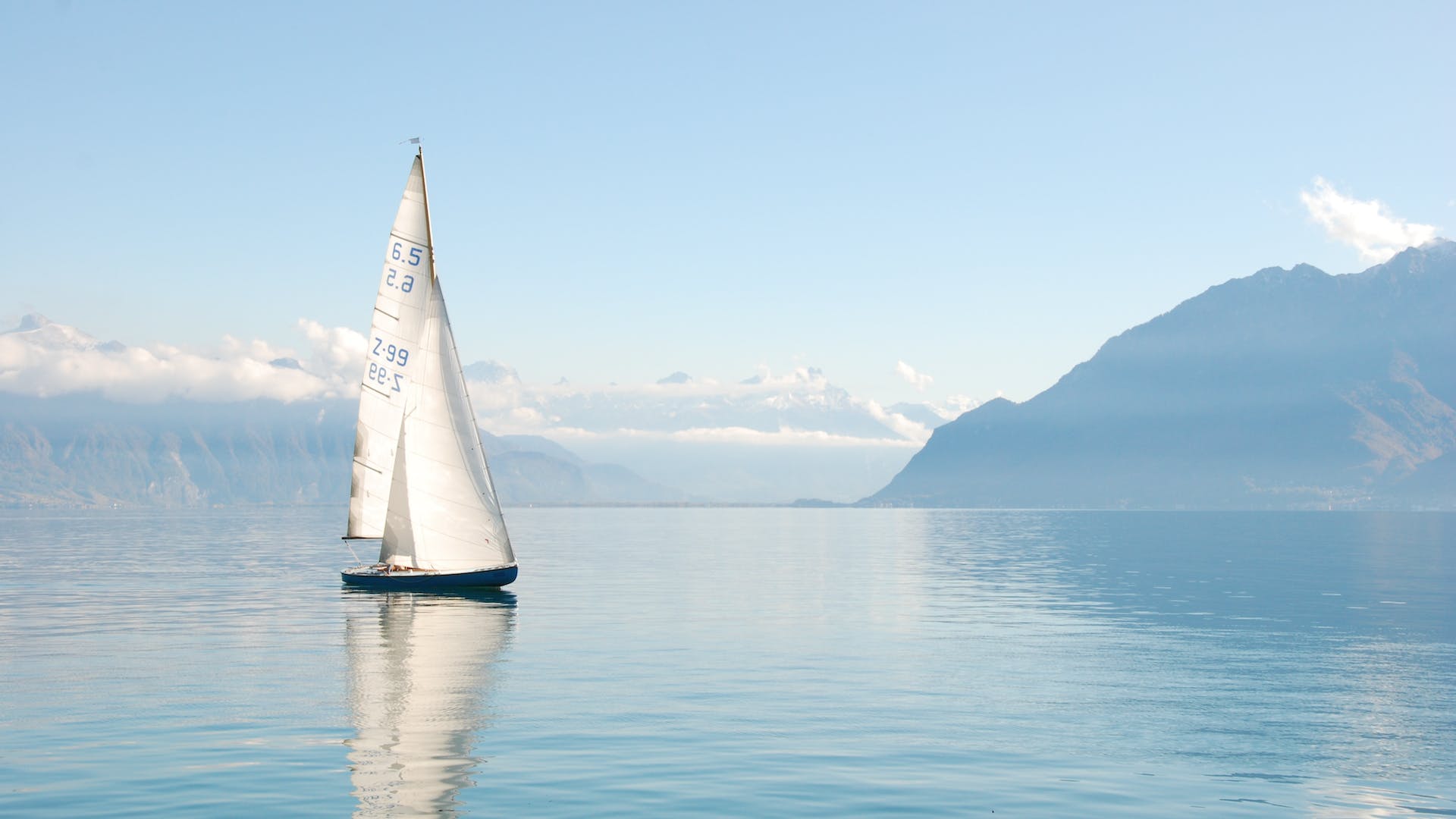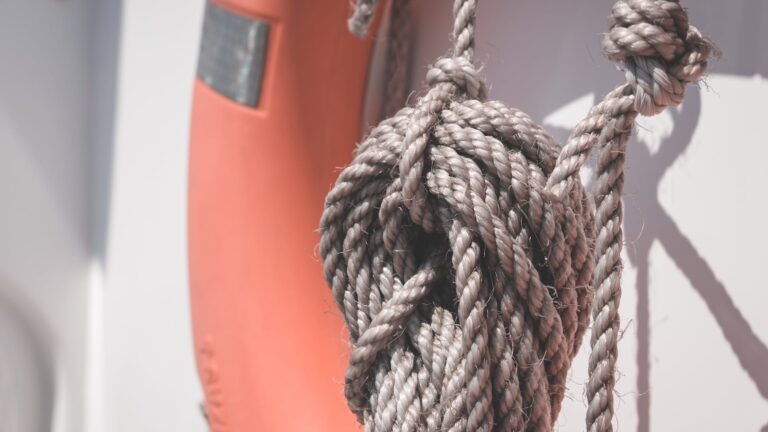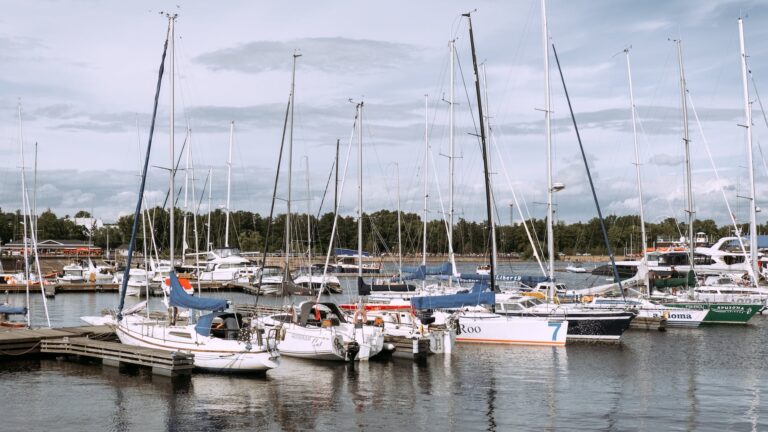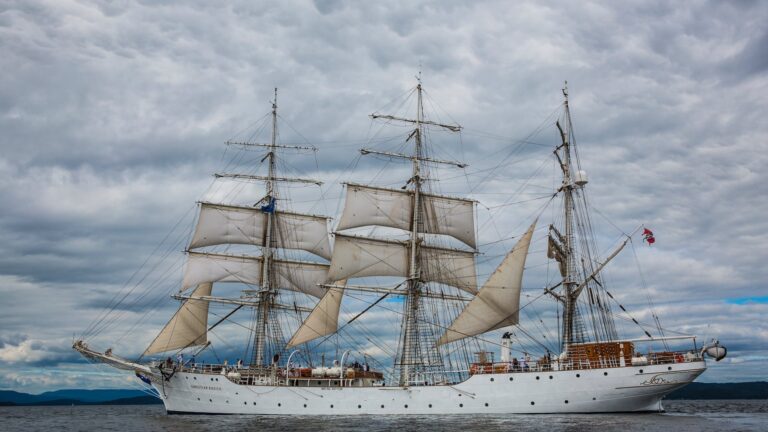How long does it take to travel 1 mile by sailboat?
Introduction
- What is sailing
- Types of sailing vessels
- Overview of how long it takes to sail one mile
How Fast Does a Sailboat Go?
- Understanding knots and nautical miles per hour
- Factors that affect a sailboat’s speed
- How to calculate a boat’s speed
Wind as the Primary Power Source for Sailing
- Definition of wind power
- How wind affects sailing speed and direction
- Wind strength and direction: key factors in determining sailing speed
Types of Sails Used on Sailboats
- Different types of sails and their respective advantages and disadvantages
- Understanding the physics behind sail shape, angle, and size
- Choosing the right sails for different weather conditions
Understanding the Effects of Current on Sailing Speed
-
Definition of current
-
Factors that affect current, such as wind direction, wave frequency, and local geography
-
Effects of current on sailing speed and direction
Calculating Average Speed
-
Different methods for measuring average speed – Calculating average speed over a shorter distance – Calculating average speed over a longer distance
Adjusting Course for Maximum Efficiency – Adjusting course based on weather conditions – Adjusting course based on the effects of current – Adjusting course based on other boats in the area
Tips for Beginner Sailors – The importance of prepping your boat before setting sail – Practicing basic sailing skills before setting out – Learning how to read navigation charts – Learning how to interpret weather forecasts
Conclusion – Recap of how long it takes to travel one mile by sailboat
Introduction
Sailing has been around since ancient times. It is an activity which involves using a boat powered by sails in order to move across water. There are different types of boats used for sailing, such as dinghies, keelboats, catamarans, yachts, racing boats, etc. In this article we will discuss how long it takes to travel one mile by sailboat. We will also look at factors that can affect the speed and efficiency of a sailboat journey.
# How Fast Does a Sailboat Go?
Understanding how fast a sailboat can go is important when calculating journey times. The typical unit used when measuring boat speeds is knots (nautical miles per hour). One knot equals 1 nautical mile per hour (1 nm/hr or 1.15 mph). However, there are many factors that can affect a sailboat’s speed. These include wind strength and direction, type of sails used, size and shape of sails, hull design, crew weight distribution onboard the boat, type and size of propellers etc. To determine the speed at which your sailboat will travel you need to take all these factors into account. Generally speaking you can expect most modern sailboats to reach speeds close to 5 knots (5 nm/hr), though this will depend on weather conditions and other influencing factors.
# Wind as the Primary Power Source for Sailing
Wind power is the main source of energy used when sailing. The force generated by the wind helps propel the boat forward in addition to helping it change directions. The strength and direction of the wind are key factors when determining how fast you can travel with your boat. When there is strong wind coming from behind your boat you will be able to reach higher speeds than if there was no or little wind at all. Additionally when there is strong wind coming from an angle you may be able to adjust your course in order to catch more favorable winds which could help you increase your overall sailing speed.
# Types of Sails Used on Sailboats
The type and size of sails used on your boat will also have an impact on its overall performance. Different types of sails offer different advantages depending on their shape, angle relative to the wind direction, size etc. For example jibs (triangular foresails) are great for low winds but don’t perform very well in high winds whereas gaff rigs (four sided sails) perform better in high winds but require more effort from sailors due to their large size. Additionally spinnakers (large colorful headsails) are best suited for downwind sailing but they should be avoided altogether if strong winds are expected since they can be difficult to control if not properly handled by experienced sailors. Choosing the right sails for different conditions is an important skill that all sailors should learn in order to maximize their overall performance while out at sea.
# Understanding the Effects of Current on Sailing Speed
Currents are another factor that can affect a sailboat’s performance while out at sea. Currents refer to large masses or streams of water that flow from one place towards another due to differences in temperature or pressure between two areas or because they have been affected by nearby landmasses or ocean floors which act like dams or walls blocking off certain paths while allowing others through them. Wind direction also plays an important role when it comes currents since it helps steer them along certain paths while making them stronger in other areas depending on its force levels at any given time during your journey out at sea. It’s important for sailors to understand how currents work so they can adjust their course accordingly depending on where they are headed during their voyage in order maximize efficiency while minimizing wasted energy from unnecessary detours or changes in directions caused by strong currents going against them instead of with them .
# Calculating Average Speed
In order to accurately determine how long it takes a boat to travel one mile you’ll need calculate its average speed first which can be done using two different methods: calculating average speed over shorter distances or calculating average speed over longer distances . When calculating average speed over shorter distances you’ll need divide total distance traveled by total time elapsed during those travels whereas when calculating average speeds over longer distances you’ll need divide total time elapsed by total distance traveled instead . This will give you more accurate results since any changes in wind strength or current during those travels won’t be taken into account when using these methods .
# Adjusting Course for Maximum Efficiency
Adjusting course based on weather conditions is an important skill that all sailors must learn if they want optimize their performance while out at sea . From adjusting course based on changing winds ,to reading navigation charts , interpreting weather forecasts ,and understanding effects that currents could have ,all these things need be taken into consideration before setting off so sailors can make sure they’re always heading where they want go with minimum effort . Additionally adjusting courses once out at sea may become necessary some times due unexpected changes in weather conditions or other boats present nearby that may require some evasive maneuvers avoid collisions .
# Tips for Beginner Sailors
Sailing isn’t something that should attempted without being properly prepared beforehand . This means making sure all necessary repairs have been made ,equipment has been inspected ,and new crew members have been briefed about safety procedures before setting off . Additionally practicing basic sailing skills like tacking ,jibing ,and understanding points compass is essential so beginner sailors feel comfortable enough handle their boats once out open waters . Finally learning read navigation charts interpret weather forecasts correctly also important so beginners always stay ahead game while planning trips ahead time .
# Conclusion
In conclusion it takes anywhere from 12 minutes up 15 minutes cover one mile depending what type vessel being sailed ,how much wind present ,currents present ,type sails being used ,and other influencing factors . With proper preparation knowledge gained from experience even beginner sailors should able reach these speeds efficiently after some practice . Ultimately understanding basics sailing correctly preparing yourself ahead time key ensuring safe enjoyable voyage every time set off open waters looking explore new places horizons beyond horizon







